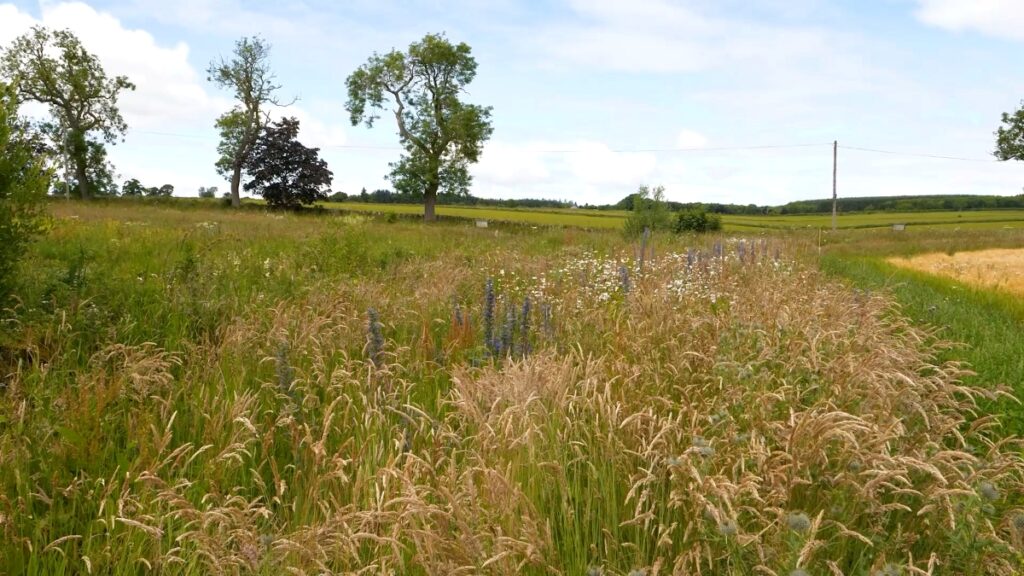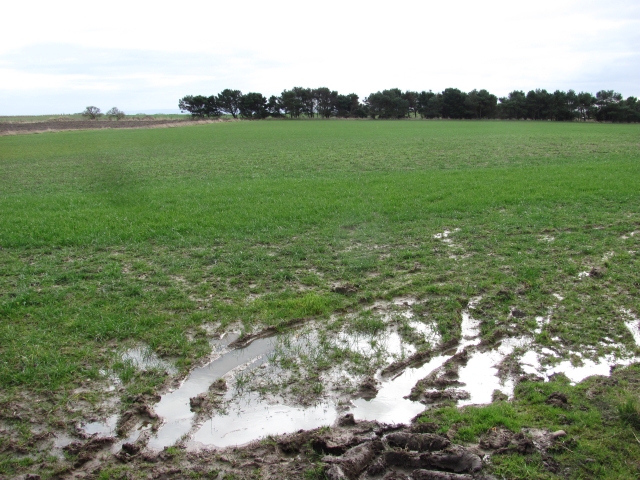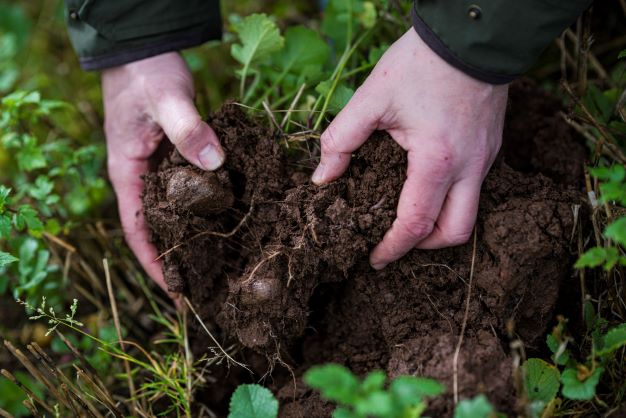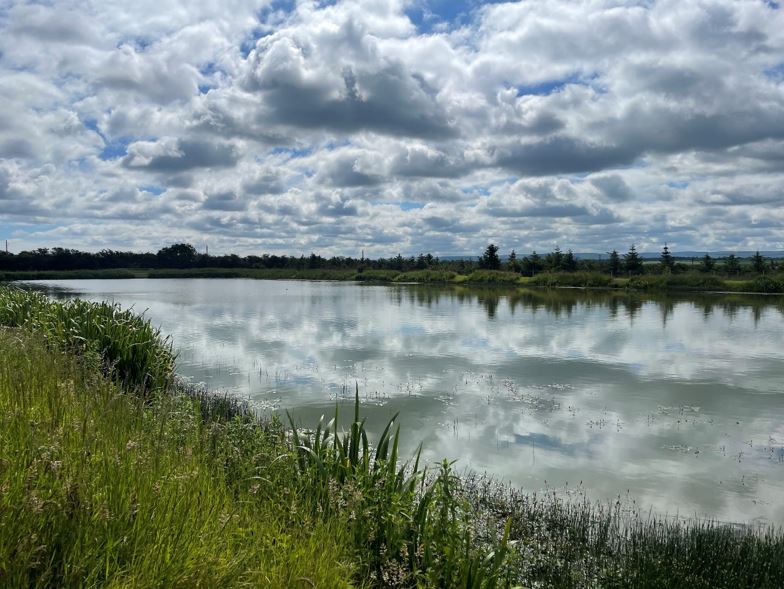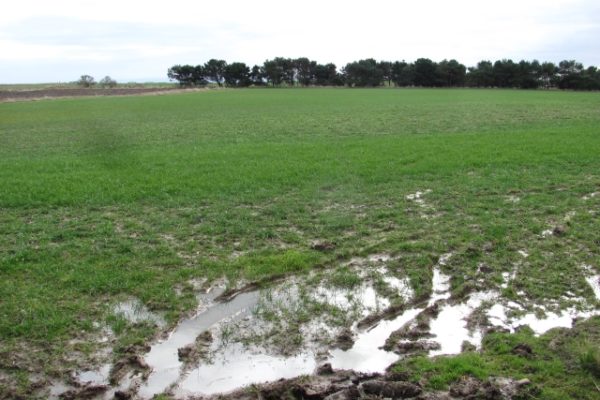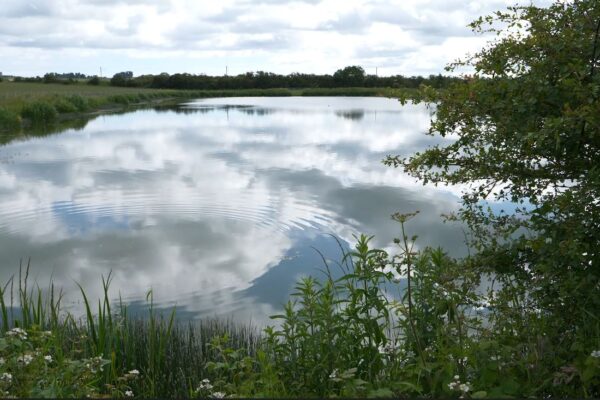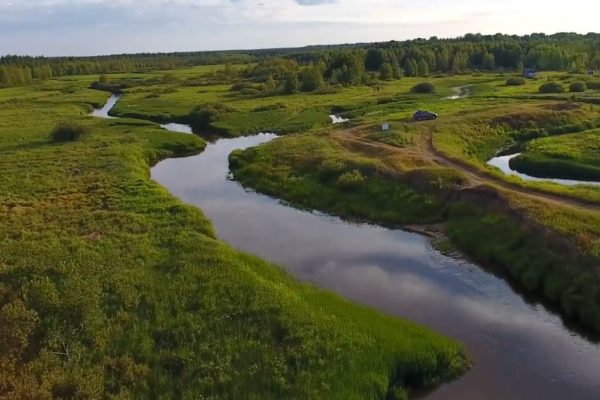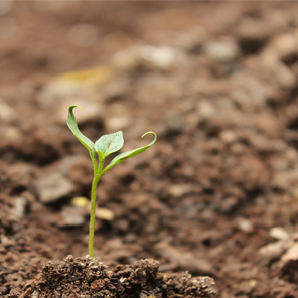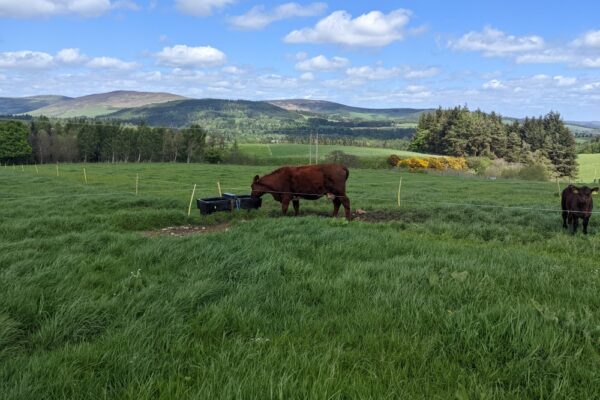Reducing Surface Runoff and Erosion with ‘Magic Margins’
20 August 2025Surface runoff and erosion are important considerations for all farmers in Scotland. Studies have shown than within Scotland 900,000 tonnes of soil is lost annually, equating to over £50 million. This results in losses in nutrients in the field, mitigation required to improve soil condition, reduced yields and environmental damage. Finding ways and methods to keep soil in situ and improve the structure can have great benefit to your business and the surrounding area. One popular and easy method for reducing the impacts of runoff and erosion is by implementing what are called ‘Magic Margins’.
How Does a Magic Margin Work?
Magic margins are modified field margins designed to reduce surface runoff and erosion on sloping farmland. They are a practical, nature-based solution that slows the flow of water and helps keep soil and nutrients on the field where they can do good. A Magic margin is a three-dimensional feature made up of ridges that run across the slope. Small dams between the ridges help to slow water from flowing along the margin too quickly, further slowing down water and increasing infiltration.
These dams help prevent diffuse pollution by slowing down surface runoff and trapping sediment containing nutrients such as phosphorus and nitrogen, along with agrichemicals. This prevents them from being washed into nearby land or watercourses.
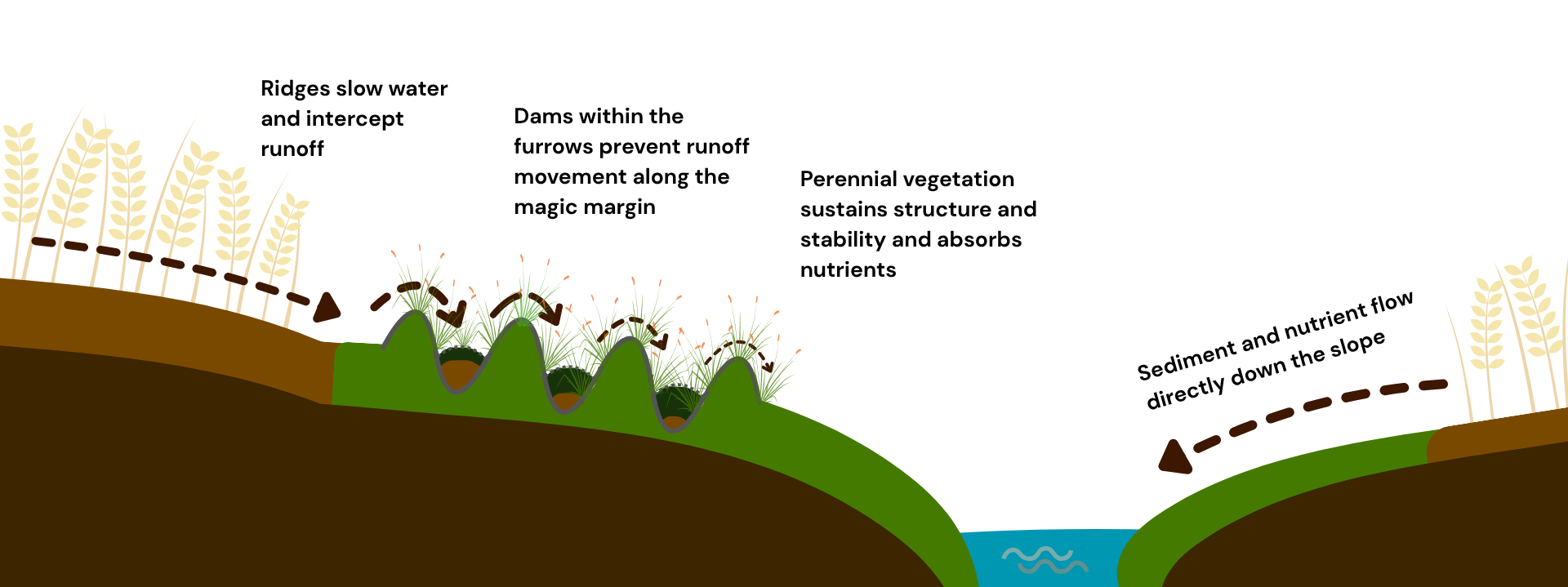
Figure 1: Breakdown of a Magic Margin
Positive Biodiversity Impacts
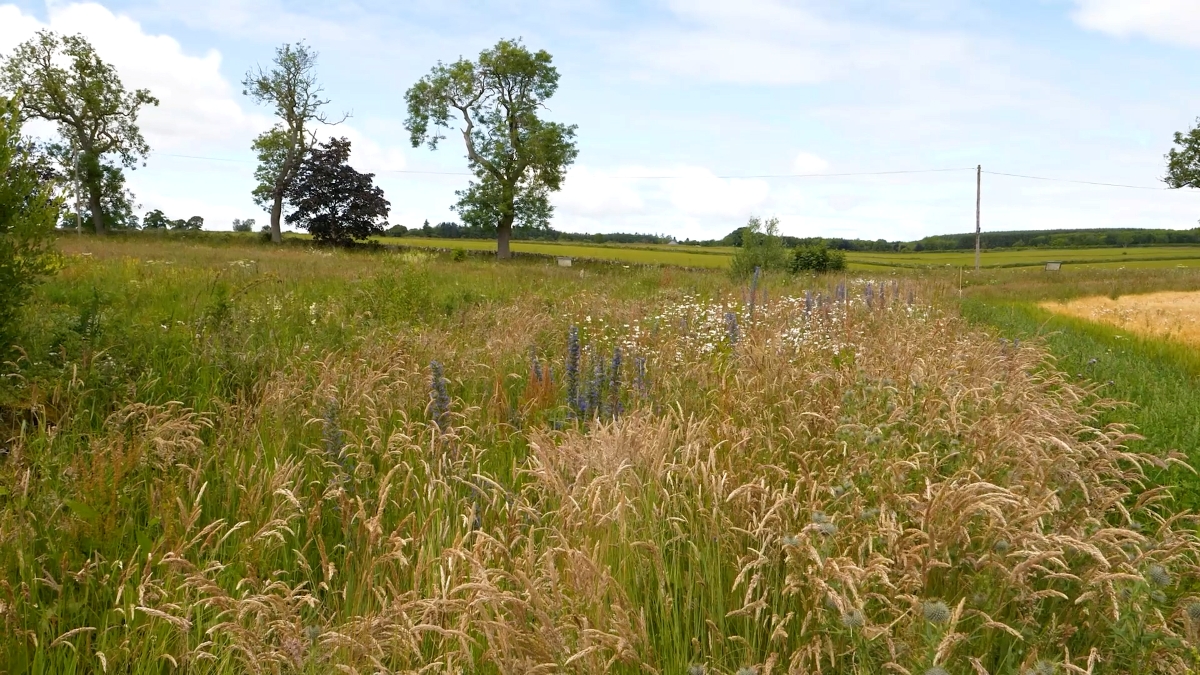
Figure 2: Eight year old Magic Margin showing vegetation cover
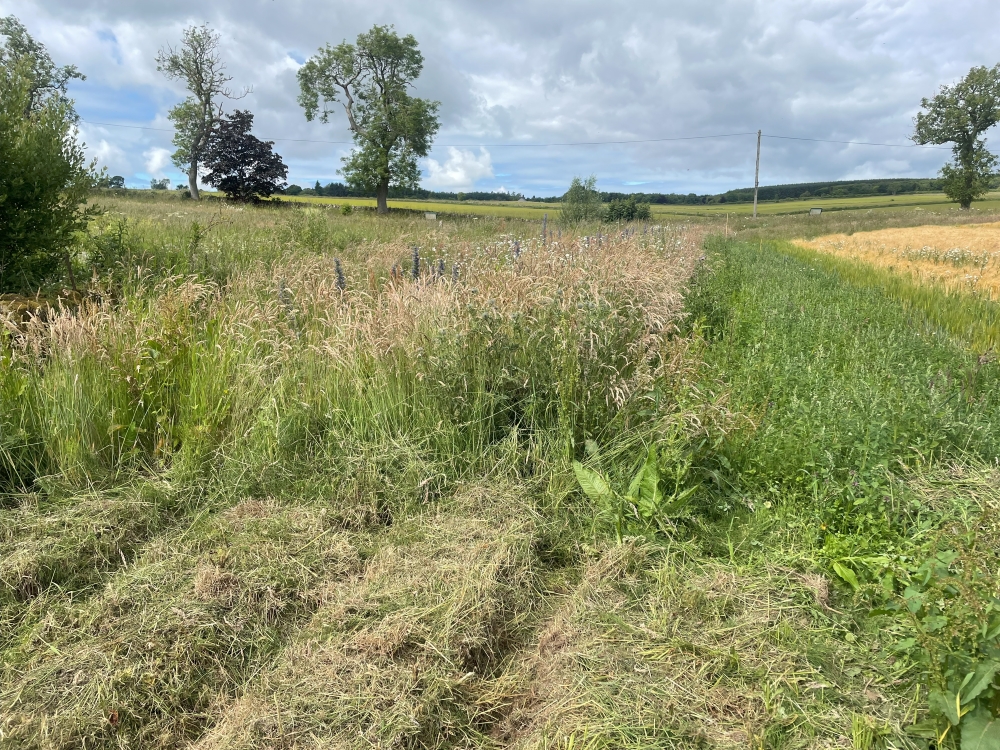
Figure 3: One year old Magic Margin, section cut through to display the ridges and furrows underneath established vegetation
Magic Margins also play a positive part in the biodiversity of your land. Once the ridges are in place, the area is planted with a mix of seasonal and perennial vegetation. The vegetation helps stabilise the structure, absorb water and nutrients, and act as a natural filter while also providing a habitat for wildlife, supporting insects, pollinators, and other beneficial species.
It's Easy to Make a Magic Margin
Magic margins are designed to be created using standard farm machinery. Any arable equipment capable of forming ridges can be used, for example, a Potato Plough has been used successfully in test sites.
Margins should be built perpendicular to the slope to maximise interception of runoff. After ridge formation, small dams can be added in the furrows at intervals using machinery such as a Tied Ridger.
Once the ridges and dams are in place, a mix of annual and perennial plants should be sown, ideally in late summer. This vegetation helps to stabilise the margin. Trials have shown that the system can become functional within the first growing season and will continue to stabilise and improve over time. There is no fixed size or layout for creating magic margins, making them flexible and adaptable to different slopes and farm needs.
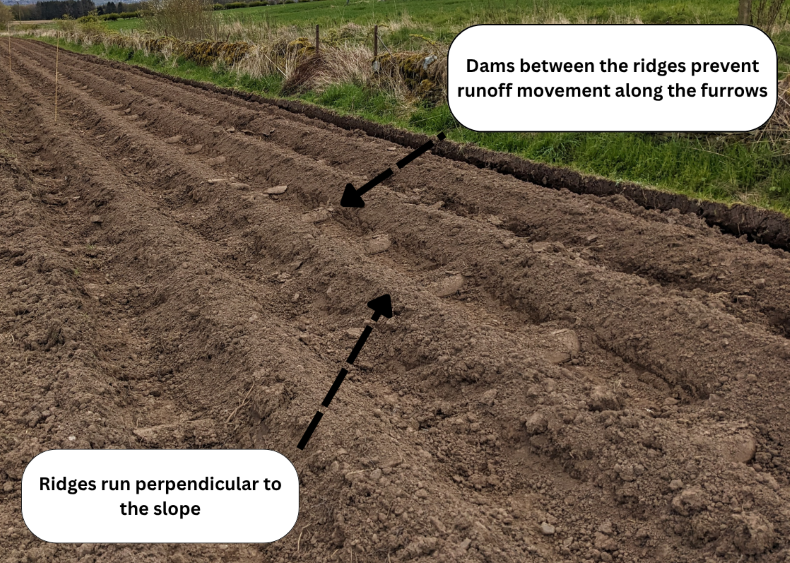
Figure 4: Creation of dams within the furrows to prevent runoff movement along the Magic Margin
The Benefits in Summary
Magic margins offer a wide range of benefits for both the farm and the wider environment. They:
- Reduce runoff and help to capture soil erosion
- Improve water quality capturing agrochemicals that leave the field with runoff
- Trap and filter nutrients
- Create habitats and corridors for wildlife
- Can help to slow surface run-off, reducing velocity of water entering waterbodies
- Help meet agri-environment scheme targets
Magic margins are modified field margins designed to reduce surface runoff and erosion on sloping farmland. They are a practical, nature-based solution that slows the flow of water, helping to keep soil and nutrients on the field. We explain more in our video here:
Fiona Salter, SAC Consulting
Sign up to the FAS newsletter
Receive updates on news, events and publications from Scotland’s Farm Advisory Service

